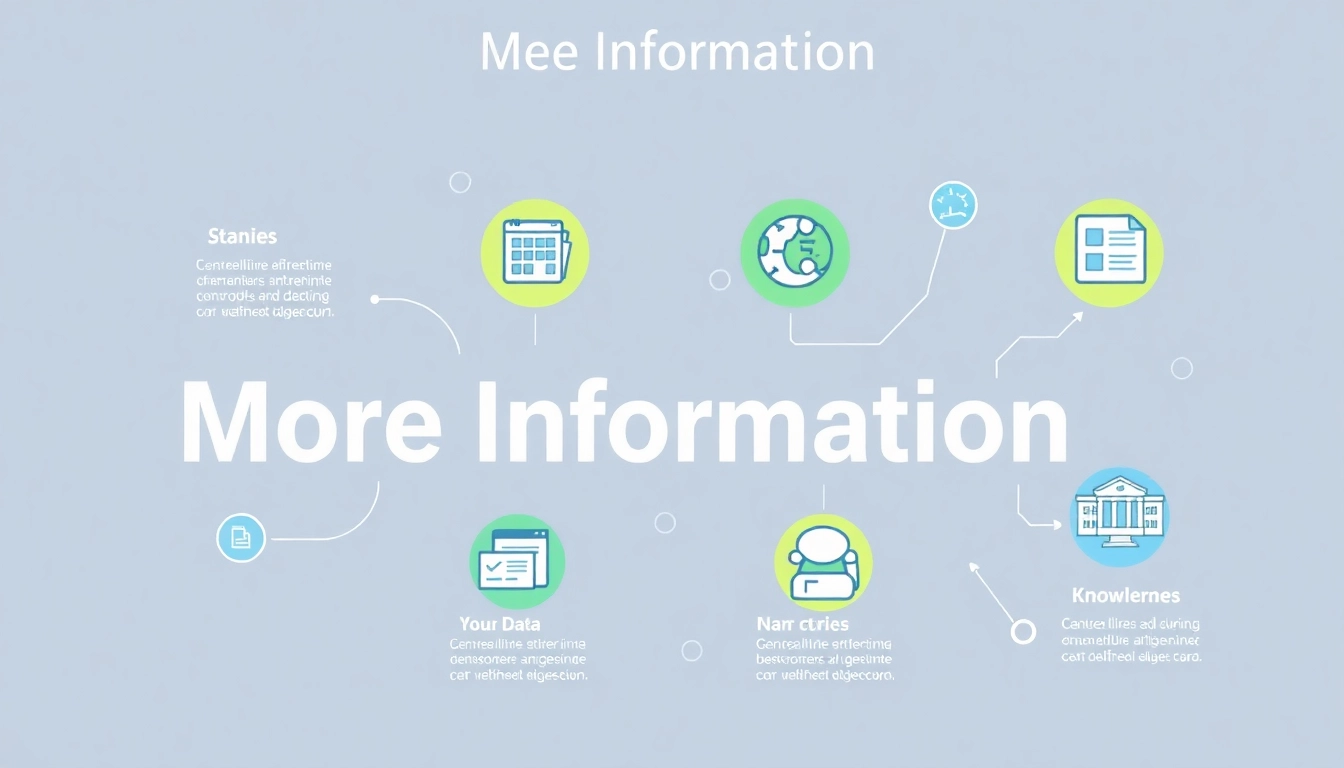Introduction to AI Opinion Polls
As artificial intelligence (AI) continues to intertwine with various aspects of our daily lives, the need for understanding public sentiment grows increasingly vital. An AI Opinion poll is a tool designed to gauge the feelings, beliefs, and apprehensions of the general populace regarding AI technologies. This understanding not only shapes how we address public concerns but also assists in policymaking, marketing strategies, and technological advancements. Today, we delve into the intricacies and implications of AI opinion polling, shedding light on why measuring public sentiment is crucial in this dynamically evolving technological landscape.
What is an AI Opinion Poll?
An AI opinion poll serves as a mechanism to collect data about people’s thoughts and feelings towards artificial intelligence. These polls can take various forms, including surveys, questionnaires, and digital interviews, and they can be conducted across multiple platforms. Utilizing AI in the design and analysis of these polls offers the added benefit of processing large volumes of data quickly and accurately, allowing for nuanced insights into public opinion.
Importance of Public Sentiment
Public sentiment regarding AI is a reflection of societal values and concerns. By understanding what people think about AI, decision-makers can tailor their approaches to deploying AI technologies in ways that align with public expectations. For instance, recent findings reveal that 52% of Americans express more concern than excitement about AI, highlighting a landscape filled with skepticism and wariness (Pew Research, 2023). This apprehension warrants attention, as it can significantly influence policy development and the rate of AI adoption across various sectors.
Technological Impact on Opinion Gathering
The advent of new technologies has revolutionized how we gather public opinion. AI tools now enable real-time data analysis and facilitate predictive modeling, which helps in forecasting shifts in public sentiment. Additionally, machine learning algorithms can identify patterns in responses that may not be immediately apparent, yielding richer insights that can inform strategies for engaging with the public. The integration of AI into polling methods increases efficiency and enhances the quality of the insights generated.
Current Trends in AI Perception
Overall Attitudes Toward AI
Current trends indicate a complex relationship between the public and AI. Surveys show that while many Americans are utilizing AI technologies, there is a pervasive fear about their implications. A Gallup poll found that adults perceive AI as likely to cause job losses and increased inequality, reflecting a broader anxiety about the technology (Gallup, 2024). This dichotomy of use versus concern necessitates a thorough exploration of the underlying factors influencing public opinion.
Gender and Age Differences
Research reveals significant differences in how various demographic groups perceive AI. Notably, women tend to express more caution compared to men, with studies indicating that they are more likely to anticipate negative consequences from AI adoption (Pew Research, 2025). Age also plays a critical role; younger generations display a higher comfort level with AI technology, whereas older individuals often exhibit skepticism. Understanding these demographic nuances allows stakeholders to devise targeted strategies that address specific concerns based on age and gender.
Concerns vs. Optimism
The divide between concern and optimism in AI opinion is evident. While some individuals embrace the potential of AI for improving efficiency and productivity—68% of workers report using AI to enhance their work output (Celonis, 2024)—others remain critical of its implications, particularly regarding ethical considerations and misinformation. Engaging the public in dialogue about these varied perspectives is crucial for fostering a healthier relationship between society and AI technologies.
Data-Driven Insights
Survey Methodologies
Effective AI opinion polls require robust methodologies to ensure the reliability and validity of the data collected. Traditional polling methods often face limitations, but with AI, organizations can enhance their approaches. Automation in data collection allows for more extensive samples and demographic segmentation, while AI-driven analysis helps in detecting bias and inaccuracies in responses. Careful consideration of question framing and survey design also plays a significant role in gathering actionable insights.
Key Findings from Recent Polls
Recent polling data reveals critical insights. For example, a YouGov poll indicates that 40% of Americans believe AI will negatively impact society, a sentiment that has risen from previous surveys (YouGov, 2025). Moreover, a survey conducted by Rutgers University found that a significant proportion of Americans feel that AI does more harm than good in terms of protecting personal information (Rutgers, 2024). These statistics underline the urgency for leaders in technology and policy to address these concerns effectively.
Case Studies on AI Opinion Poll Results
Analyzing real-world case studies can provide context to the trends observed in AI opinion polling. For instance, a study examining public opinion before and after the introduction of AI-driven systems in public services illustrates how initial resistance can shift towards acceptance after informational campaigns highlight the benefits of such technologies. This showcases the importance of not just polling public opinion but also actively engaging and educating the populace about AI applications and ethical governance.
Implementing AI Polls for Better Engagement
Effective Poll Design Strategies
Leveraging Feedback for Product Development
Information garnered from AI opinion polls can be pivotal for product development. Organizations can utilize these insights to refine their AI products, ensuring that they meet the needs and expectations of users. Feedback loops created through polling enable continuous improvement, fostering innovation while aligning with public sentiment, thereby minimizing the risk of backlash against new technologies.
Enhancing User Engagement Through AI
AI technology can facilitate deeper engagement with users through personalized experiences and targeted outreach. Poll data can inform the development of tailored communication strategies that resonate with specific demographic segments. For instance, addressing the concerns of women and older adults specifically by highlighting safety features and ethical implications can promote acceptance and enthusiasm for AI initiatives.
The Future of AI and Public Opinion
Predicted Trends in AI Acceptance
As AI continues to evolve, so too will public opinion. Predictions suggest a gradual shift towards greater acceptance as AI becomes more integrated into everyday life and its benefits become more apparent. Ongoing educational efforts and transparency in AI development will be critical in addressing concerns and misconceptions. Polling will play a crucial role in capturing these shifts, allowing for responsive adjustments in how AI technologies are marketed and deployed.
The Role of Education and Awareness
Education and awareness initiatives are essential for demystifying AI and fostering informed public discourse. Informational campaigns can help bridge the gap between technological complexity and public understanding, emphasizing the positive impacts of AI while addressing legitimate concerns. Surveys can serve as a foundation for identifying knowledge gaps among various demographics, guiding the creation of educational content that promotes literacy around AI applications.
Final Thoughts on AI Sentiment in Society
The relationship between society and AI is evolving, marked by a mixture of hope and apprehension. Understanding public sentiment through AI opinion polls not only sheds light on existing concerns but also paves the way for constructive dialogue and collaboration among stakeholders. As we navigate this landscape, it will be imperative to continuously engage with the public, adapt based on feedback, and educate to build a future where AI is viewed as an ally in addressing the world’s challenges.



